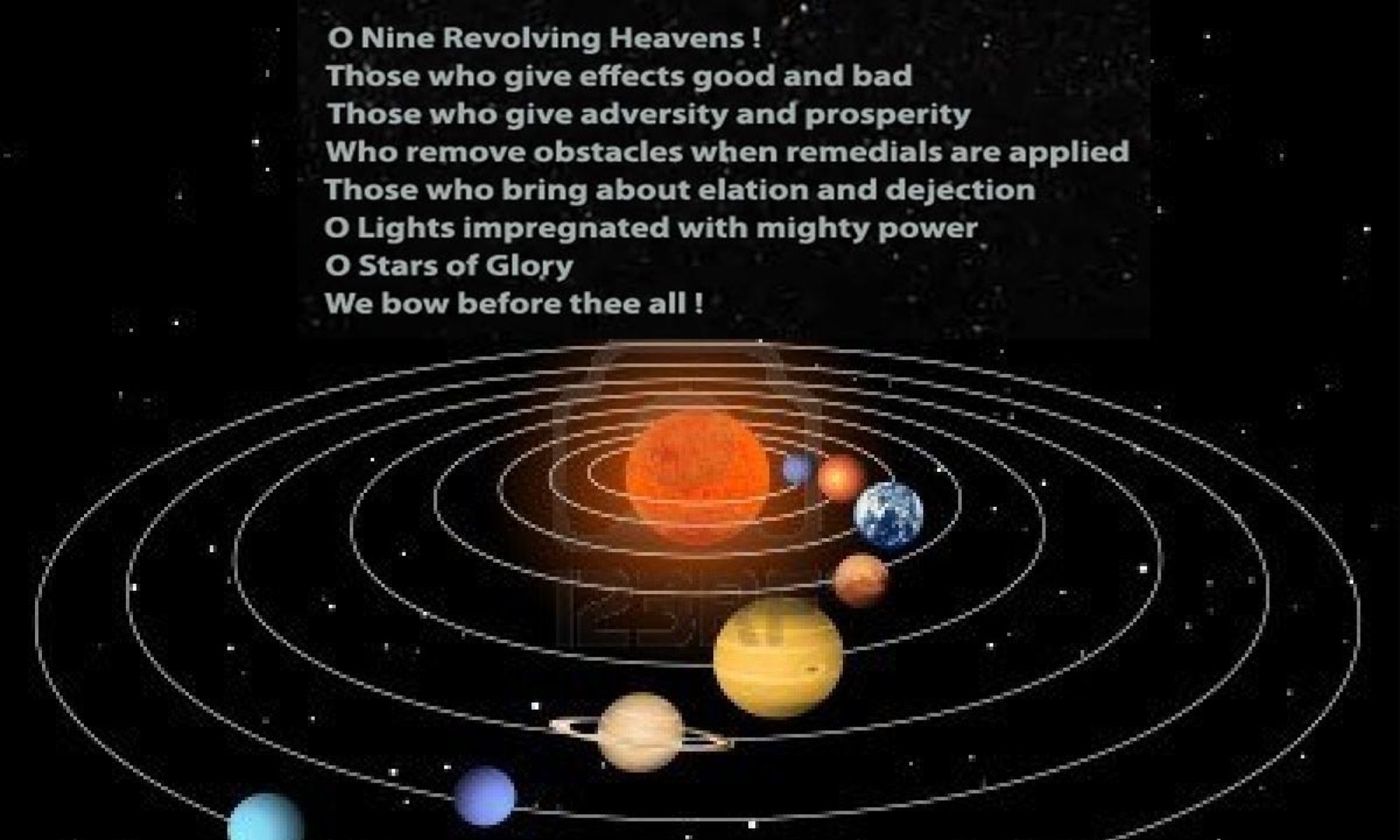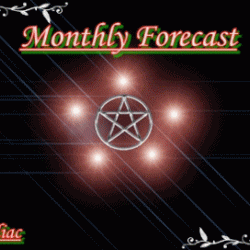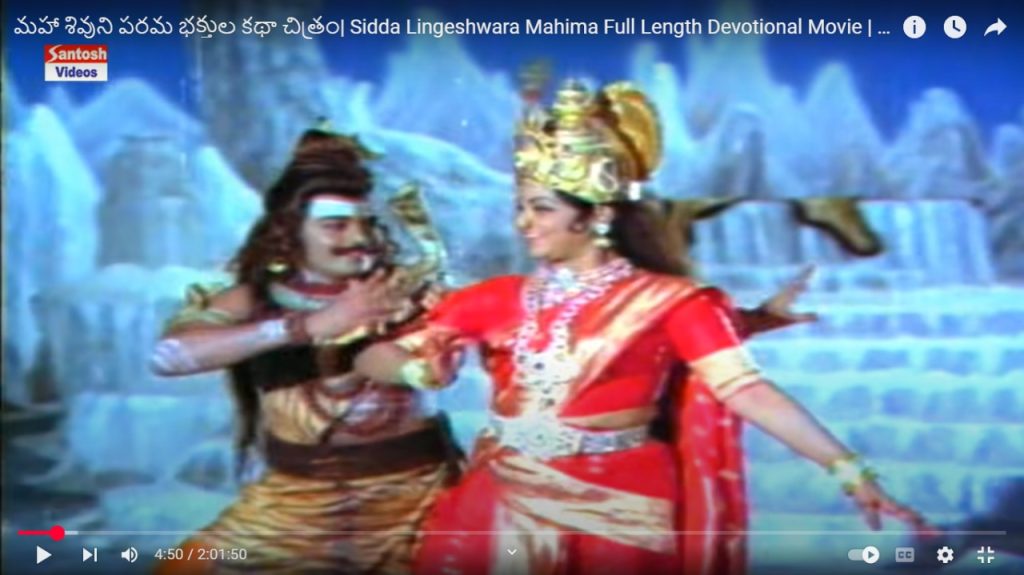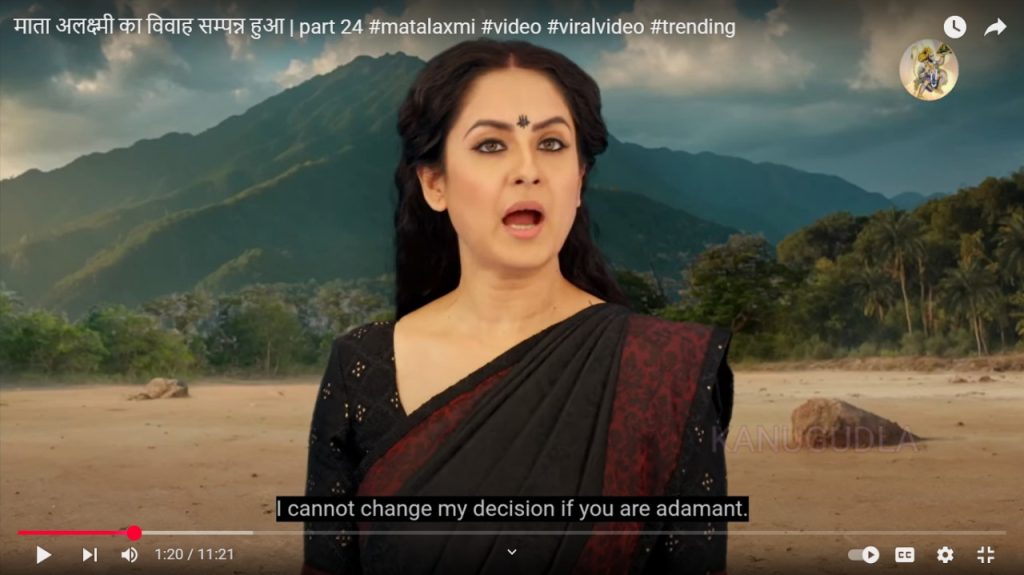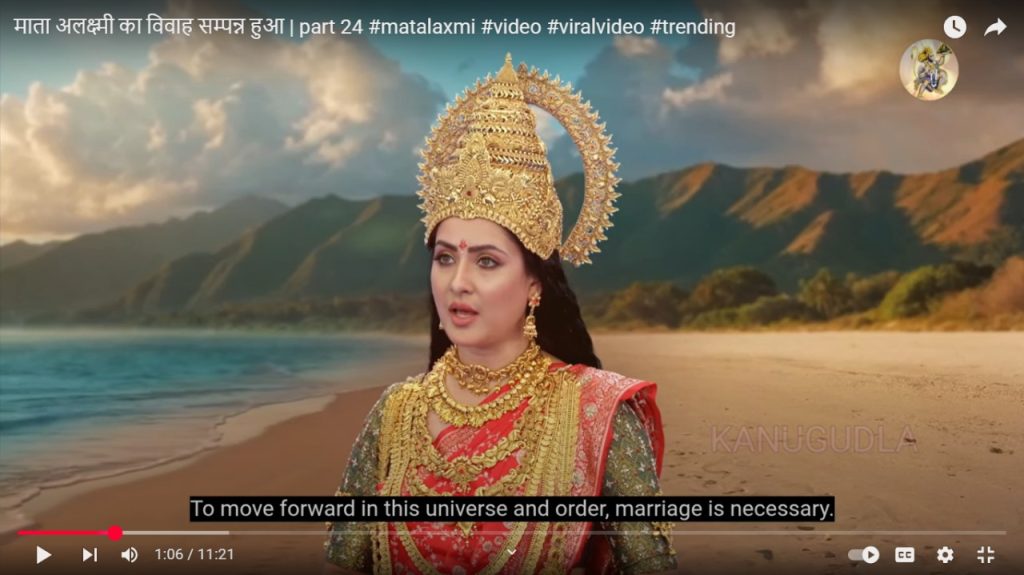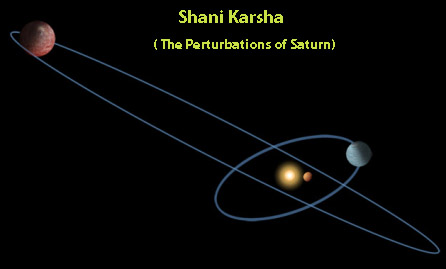Scientific Terms of Indian Astronomy – The 18 Siddhantas
M = Mean Anomaly of the planet
A = Aphelion of the Planet
L = Mean Longitude of the Planet
e = Orbital eccentricity
mjv = Orbital eccentricity in seconds
Sheegra Kendra = The Anomaly of Conjunction
Sheegroccha = Perihelion; Mandoccha = Aphelion;
Sheeghra Phala = The Angle between the Planet the
Sun and Earth; Oja = Odd; Yugma = Even;
Manda Kendra = The angle between position and Aphelion;
Sheeghra Kendra Ardha = A/2- half of Sheegra Kendra;
Kranti Vritta = Ecliptic; Vikshepa Vritta = Heliocentric Circle;
Kshithija = Celestial Horizon; Bha Chakra = Zodiac;
Vishuvat Vritta = Celestial Equator;
Khagoleeya Dhruva Rekha = Celestial Meridien;
Vishu Vat Bhoga = Right Ascension( R A );
Meshadi = The First Point of Aries;
Thuladi = The First Point of Libra;
Karkyadi = The First Point of Cancer;
Makaradi = The First Point of Capricorn;
Theta = True Longitude of the planet;
v = True Anomaly; Manda Karna = Radius Vector- heliocentric distance;
Sheeghra Karna = geocentric vector- distance of the planet from the
earth;
Ravi Manda Karna = Sun’s distance;
Nathamsa = Altitude of the Planet;
Digamsa = Azimuth. Bhaga- Kala – Vikala = Deg- Mins- Secs;
Madhyama Manda Karna = Average Vector;
Patha = Node; Thidhi – D or Day or Lunar Day- the first Lunar
Day being the Moon within 12 degrees of the Sun;
Vara – Day of the Week; Bhujajya = R Sin; Kotijya = R Cos;
Sparsajya = Tan;
Sparsachapa= Atan; Bhujachapa = Asin; Kotichapa = Acos;
Pranakalanthara= Difference between Tropical Longitudes
and R A- the difference between Right Ascension & Oblique Ascension;
Kala Hora = Planetary Hours; Hora = Hour; Chara Jya = Sin C;
Manda Jya = Sin M; Parinathi Jya = Sin h;
Guru Sani Karsha – Perturbations of Jupiter and Saturn;
=15=
Chandra Karsha – Perturbations of the Moon;
Chathurdasa Jya Samskaras – 14 trignometric corrections
to the Moon; Vikshepa – Celestial Latitude; Kranti – Declination;
Dhruva = R A ; Sphuta = Celestial Longitude;
Indra – Uranus; Varuna = Neptune; Rudra = Pluto; Kala = Phobos;
Mrityu = Deimos; Gulika = Titan; Yamakandaka = Ganymede;
Vipatendu = Mean Longitude of the Moon – Node of the Moon ;
Manda Karna – heliocentric distance;
Sheegra Karna – geocentric distance of the planet
Parama Vikshepa/ Sara – the angular distance of the orbital plane
from the Ecliptic.
Parama Manda Karna – Maximum Vector- Laghu Manda Karna – Minimum Vecto
Vipata Kendra – the angle between Position and the Node;
Sheegra Kendra – the angle between Position of the planet and the
Earth Sun Vector.
Sara – Reverse Sine- 1-cos x
Chapa – Arcsine. The Arcsine resembles a Bow -Chapa and Versine- Arrow
according to the Indian mathematicians !
Tropical Zero Point – Sayana Meshadi
Sidereal Zero Point – Nirayana Meshadi
Luni-Solar Zero Point – Chaitradi
Vipata Anomaly – Vipata Kendra
Solar Anomaly – Ravi Manda Kendra
Lunar Anomaly – Chandra Manda Kendra
Mean Lunar Longitude – Node = Rahu na Chandra Madhyamam
Daily Motion of the Mean Longitude- Graha Madhyama Dina Gathi
Daily Motion of Aphelion- Mandocha Dina Gathi
Daily Motion of Node- Patha Dina Gathi
Vedic Astronomy & Trignometry
In the Great Circle of Light which is 360 degrees ( the Bha Chakra-
the Kala Chakra- the Zodiac )- the first 90 degrees are Oja Pada
( Odd Tri Signs ) and the next 90 degrees are Yugma Pada ( Even
Tri Signs ). There are two major Indian Planetary Models –
the Eccentric Model and the Epicycle Model. In the Eccentric Model-
the Mean Circle is called Manda Pratimandala- that is the circle
traversed by the mean angular motion of the planet. In the Epicycle
Model- the Planet is on the epicycle- known as Manda Paridhi.
The Equation of Bhuja
The degrees traversed by a planet is called Bhuja and the degrees
yet to be traversed by a planet is called Koti in an Odd Sign. In
an Even Sign-the degrees traversed by the planet is called Koti
and the degrees yet to be traversed by a planet is called Bhuja.
In other words- the degrees traversed by a planet is the same
=16=
in the first 0 – 90 degrees and in the second Pada- it is 180
– degrees traversed. In the 180-270 degrees arc-
it is distance traversed – 180 degrees and in the 270-360 degrees arc
it is 360 – distance traversed. This is known in Vedic Astronomy as
the equation of Bhuja or Sine. Bhujajya is radius multiplied by modern
Sine.
This mighty Circle of Light- Zodiac
Is divided by four into Four Quadrant
Distance traversed is Bhuja in Odd Sign
In Even Sign- it is Koti called !
Bhuja is Radius * Modern Sine
More at http://www.eastrovedica.com
References
Surya Siddhanta
Pitamaha Siddhanta
Vyasa Siddhanta
Vasishta Siddhanta
Atri Siddanta
Parasara Siddhanta
Kashyapa Siddhanta
Narada Siddhanta
Garga Siddhanta
Marichi Siddhanta
Manu Siddhanta
Angira Siddhanta
Lomasa Siddhanta
Paulasa Siddhanta
Yavana Siddhanta
Chyavana Siddhanta
Bhrigu Siddhanta
And Others
Maha Bhaskareeya by Bhaskara I
Arya Siddhanta by Aryabhata I
Maha Siddhanta by Aryabhata II
Siddhanta Siromani by Bhaskara II
Aryabhateeya by Aryabhata
Aryabhateeya Bhasya by Neelakanta Somayaji
Sphuta Nirnaya by Achyuta Pisharodi
Siddhanta Darpana by Neelakanta
Ganitha Adhyaya by Bhaskara
Ganitha Nirnaya by Puliyoor
Brahma Sphuta Siddhanta by Brahmagupta
Siddhanta Shekhara by Sripathi
Siddhanta Tatva Viveka by Kamaleswara
Siddanta Deepika by Parameswara
Tantrasangraha by Neelakanta
Venvaroha by Madhava
Yukthi Bhasha by Jyeshta Deva
Jyothir Meemamsa by Neelakanta
Gola Deepika by Parameswara
Drig Ganitha – By Parameswara
Grahana Nyaya Deepika by Parameswara
=17=
Kerala School of Hindu Astronomy by Prof K V Sarma
Geometry in Ancient and Medieval India by T A Saraswathy
Indian Journal of History Sciences by A K Baig
The Science of Ancient Hindu Geometry by B Dutta
Parameswara’s Rule by R C Dutta
Indian Journal of History Sciences by R C Dutta
Madhava of Sangramagrama by Journal of Kerala Studies
On the Quadrature of the Circle by C T Rajagopal
Medieval Kerala Mathematics – Archive of History of Science by C T Raj
Laghu Bhaskareeya by Sankara Narayanan
Geometry of Sree Yantra by N C Bolton
Mayoora Shikha ( The Crest of the Peacock ) by Dr Joseph
The Cultural Foundations of Mathematics by Dr C K Raju
Bharateeya Ganitha
Bharateeya Pari Sthithi
On the Hindu Quadrature of the circle and the infinite series
of the proportion of the circumference to the diameter exhibited
in the four Sastras – the Tantra Sahgraham Yucti Bhasha
Carana Padhati and Sadratnamala by Charles Mathew Whish









Scientific Terms of Indian Astronomy – The 18 Siddhantas
M = Mean Anomaly of the planet
A = Aphelion of the Planet
L = Mean Longitude of the Planet
e = Orbital eccentricity
mjv = Orbital eccentricity in seconds
Sheegra Kendra = The Anomaly of Conjunction
Sheegroccha = Perihelion; Mandoccha = Aphelion;
Sheeghra Phala = The Angle between the Planet the
Sun and Earth; Oja = Odd; Yugma = Even;
Manda Kendra = The angle between position and Aphelion;
Sheeghra Kendra Ardha = A/2- half of Sheegra Kendra;
Kranti Vritta = Ecliptic; Vikshepa Vritta = Heliocentric Circle;
Kshithija = Celestial Horizon; Bha Chakra = Zodiac;
Vishuvat Vritta = Celestial Equator;
Khagoleeya Dhruva Rekha = Celestial Meridien;
Vishu Vat Bhoga = Right Ascension( R A );
Meshadi = The First Point of Aries;
Thuladi = The First Point of Libra;
Karkyadi = The First Point of Cancer;
Makaradi = The First Point of Capricorn;
Theta = True Longitude of the planet;
v = True Anomaly; Manda Karna = Radius Vector- heliocentric distance;
Sheeghra Karna = geocentric vector- distance of the planet from the
earth;
Ravi Manda Karna = Sun’s distance;
Nathamsa = Altitude of the Planet;
Digamsa = Azimuth. Bhaga- Kala – Vikala = Deg- Mins- Secs;
Madhyama Manda Karna = Average Vector;
Patha = Node; Thidhi – D or Day or Lunar Day- the first Lunar
Day being the Moon within 12 degrees of the Sun;
Vara – Day of the Week; Bhujajya = R Sin; Kotijya = R Cos;
Sparsajya = Tan;
Sparsachapa= Atan; Bhujachapa = Asin; Kotichapa = Acos;
Pranakalanthara= Difference between Tropical Longitudes
and R A- the difference between Right Ascension & Oblique Ascension;
Kala Hora = Planetary Hours; Hora = Hour; Chara Jya = Sin C;
Manda Jya = Sin M; Parinathi Jya = Sin h;
Guru Sani Karsha – Perturbations of Jupiter and Saturn;
=15=
Chandra Karsha – Perturbations of the Moon;
Chathurdasa Jya Samskaras – 14 trignometric corrections
to the Moon; Vikshepa – Celestial Latitude; Kranti – Declination;
Dhruva = R A ; Sphuta = Celestial Longitude;
Indra – Uranus; Varuna = Neptune; Rudra = Pluto; Kala = Phobos;
Mrityu = Deimos; Gulika = Titan; Yamakandaka = Ganymede;
Vipatendu = Mean Longitude of the Moon – Node of the Moon ;
Manda Karna – heliocentric distance;
Sheegra Karna – geocentric distance of the planet
Parama Vikshepa/ Sara – the angular distance of the orbital plane
from the Ecliptic.
Parama Manda Karna – Maximum Vector- Laghu Manda Karna – Minimum Vecto
Vipata Kendra – the angle between Position and the Node;
Sheegra Kendra – the angle between Position of the planet and the
Earth Sun Vector.
Sara – Reverse Sine- 1-cos x
Chapa – Arcsine. The Arcsine resembles a Bow -Chapa and Versine- Arrow
according to the Indian mathematicians !
Tropical Zero Point – Sayana Meshadi
Sidereal Zero Point – Nirayana Meshadi
Luni-Solar Zero Point – Chaitradi
Vipata Anomaly – Vipata Kendra
Solar Anomaly – Ravi Manda Kendra
Lunar Anomaly – Chandra Manda Kendra
Mean Lunar Longitude – Node = Rahu na Chandra Madhyamam
Daily Motion of the Mean Longitude- Graha Madhyama Dina Gathi
Daily Motion of Aphelion- Mandocha Dina Gathi
Daily Motion of Node- Patha Dina Gathi
Vedic Astronomy & Trignometry
In the Great Circle of Light which is 360 degrees ( the Bha Chakra-
the Kala Chakra- the Zodiac )- the first 90 degrees are Oja Pada
( Odd Tri Signs ) and the next 90 degrees are Yugma Pada ( Even
Tri Signs ). There are two major Indian Planetary Models –
the Eccentric Model and the Epicycle Model. In the Eccentric Model-
the Mean Circle is called Manda Pratimandala- that is the circle
traversed by the mean angular motion of the planet. In the Epicycle
Model- the Planet is on the epicycle- known as Manda Paridhi.
The Equation of Bhuja
The degrees traversed by a planet is called Bhuja and the degrees
yet to be traversed by a planet is called Koti in an Odd Sign. In
an Even Sign-the degrees traversed by the planet is called Koti
and the degrees yet to be traversed by a planet is called Bhuja.
In other words- the degrees traversed by a planet is the same
=16=
in the first 0 – 90 degrees and in the second Pada- it is 180
– degrees traversed. In the 180-270 degrees arc-
it is distance traversed – 180 degrees and in the 270-360 degrees arc
it is 360 – distance traversed. This is known in Vedic Astronomy as
the equation of Bhuja or Sine. Bhujajya is radius multiplied by modern
Sine.
This mighty Circle of Light- Zodiac
Is divided by four into Four Quadrant
Distance traversed is Bhuja in Odd Sign
In Even Sign- it is Koti called !
Bhuja is Radius * Modern Sine
More at http://www.eastrovedica.com
References
Surya Siddhanta
Pitamaha Siddhanta
Vyasa Siddhanta
Vasishta Siddhanta
Atri Siddanta
Parasara Siddhanta
Kashyapa Siddhanta
Narada Siddhanta
Garga Siddhanta
Marichi Siddhanta
Manu Siddhanta
Angira Siddhanta
Lomasa Siddhanta
Paulasa Siddhanta
Yavana Siddhanta
Chyavana Siddhanta
Bhrigu Siddhanta
And Others
Maha Bhaskareeya by Bhaskara I
Arya Siddhanta by Aryabhata I
Maha Siddhanta by Aryabhata II
Siddhanta Siromani by Bhaskara II
Aryabhateeya by Aryabhata
Aryabhateeya Bhasya by Neelakanta Somayaji
Sphuta Nirnaya by Achyuta Pisharodi
Siddhanta Darpana by Neelakanta
Ganitha Adhyaya by Bhaskara
Ganitha Nirnaya by Puliyoor
Brahma Sphuta Siddhanta by Brahmagupta
Siddhanta Shekhara by Sripathi
Siddhanta Tatva Viveka by Kamaleswara
Siddanta Deepika by Parameswara
Tantrasangraha by Neelakanta
Venvaroha by Madhava
Yukthi Bhasha by Jyeshta Deva
Jyothir Meemamsa by Neelakanta
Gola Deepika by Parameswara
Drig Ganitha – By Parameswara
Grahana Nyaya Deepika by Parameswara
=17=
Kerala School of Hindu Astronomy by Prof K V Sarma
Geometry in Ancient and Medieval India by T A Saraswathy
Indian Journal of History Sciences by A K Baig
The Science of Ancient Hindu Geometry by B Dutta
Parameswara’s Rule by R C Dutta
Indian Journal of History Sciences by R C Dutta
Madhava of Sangramagrama by Journal of Kerala Studies
On the Quadrature of the Circle by C T Rajagopal
Medieval Kerala Mathematics – Archive of History of Science by C T Raj
Laghu Bhaskareeya by Sankara Narayanan
Geometry of Sree Yantra by N C Bolton
Mayoora Shikha ( The Crest of the Peacock ) by Dr Joseph
The Cultural Foundations of Mathematics by Dr C K Raju
Bharateeya Ganitha
Bharateeya Pari Sthithi
On the Hindu Quadrature of the circle and the infinite series
of the proportion of the circumference to the diameter exhibited
in the four Sastras – the Tantra Sahgraham Yucti Bhasha
Carana Padhati and Sadratnamala by Charles Mathew Whish









Ponting credited success to all rounders, Axar, Pandya & Jadeja. Undoubtedly they played their part, but it was Rahul who provided them support, assuming the sheet anchor role. He cannot be an unsung hero ! With Indian lower order clicking for the first time , it was a New look Indian side, which can only be called Incredible India ! It was Poetic Justice preserved by Time to show this magnificent w k batsman’s true worth. Unconquered, he stood there, steering Ind home in Final and Semi Final. Posterity or succeeding generations will praise him sky high !
The Sage Narad finds our Divine Parents dancing in Mount Kailash, Mata me Parvati Devi Pita Devo Maheswara !
Puja Banerjee does the roles of Lakshmi and Alakshmi.
The tastiest of them all, Chandrakkaran Mango !
ALL INDIA DELIVERY
FREE SHIPPING ABOVE ₹2800
For Enquiries
+91 944 642 0051
Any questions
enq@ayushkerala.com


Click to enlarge Home Fruit Plants [Indian] Mango [Kerala] Chandrakaran Mango (Kerala Variety) Fruit Plant


Chandrakaran Mango (Kerala Variety) Fruit Plant
₹880.00
| Plant Name | Mango, Aam, Mambazham, Amba, Amb, Maavu, Manga |
| Origin / Famous in | Kerala |
| Plant Height | 3ft tall |
| Plant Age | 6 months |
| Hybrid/Early fruiting plant? | Yes (Grafted plant) |
Add ₹2,800.00 to cart and get free shipping! Chandrakaran Mango (Kerala Variety) Fruit Plant quantity
YOU MAY ALSO LIKE…
- DxT Green (Dwarf) Coconut Hybrid Sapling ₹850.00
- 5kg FACT Organic Fertilizer | All Crops ₹400.00
- 5kg FACTAMFOS Fertilizer | 20:20:0:13 | All Crops ₹450.00
- Dasheri Mango Fruit Plant ₹850.00
Chandrakaran Mango, Chandrakaran Mango, also known as Chandrakaran or Chandrakaran Pazham, is a popular mango variety found in the southern parts of India, especially in Kerala and Tamil Nadu. This variant is the most expensive and costly mango variety found in the state and is used in preparing traditional item Mambazha Pulissery. They are much much smaller in size when compared to ordinary ones. Each mango is hardly 1.5 to 2 inches in length. Usually seen hanging in clusters. They grow at various levels and can be found from bottom branches even upto the top. This mango is known for its unique flavor, which is a blend of sweetness and tartness, and its juicy pulp.
The name “Chandrakaran” is derived from two Malayalam words, “Chandra” meaning “moon” and “karan” meaning “fruit”, which refers to the round shape of the mango that resembles the full moon.
CHARACTERISTICS
- They are much much smaller in size when compared to ordinary ones. Each mango is hardly 1.5 to 2 inches in length.
- The skin of the Chandrakaran Mango is yellowish-green in color, and the flesh is fiberless and orange-yellow in color.
- The mangoes have a sweet and sour and juicy flavor.
BENEFITS OF MANGO
• May help prevent diabetes
• Improve Hair and Skin Health
• Gives Skin a Healthy Glow
• Improves Your Immune System
• Helps With Digestion
• Keeps Your Eyesight Sharp
• May Help Reduce Cancer Risk
• May Reduce The Risk Of Heart Disease
• May Help Treat Diabetes
• May Treat Anemia
• May Aid Weight Loss
• May Promote Liver Health
Related products
!! So whether you’re a seasoned gardener or a beginner, we invite you to explore our website and discover the joys of gardening with AyushKerala.

Poomala, Thrissur, Kerala
Phone: (+91) 94464 20051
Email: enq@ayushkerala.com
Recent Posts
- Get 20% OFF on your first plant purchaseMarch 2, 20234 Comments
Our Policies
USEFUL LINKS
Follow Us
Copyright 2022 Ayush Kerala. All Rights Reserved.

Shopping cart
No products in the basket. Return To Shop
Sign in
No account yet?Create an Account
Facebook Instagram YouTube Pinterest

Chandrakaran Mango (Kerala Variety) Fruit Plant
₹880.00 Chandrakaran Mango (Kerala Variety) Fruit Plant quantity
